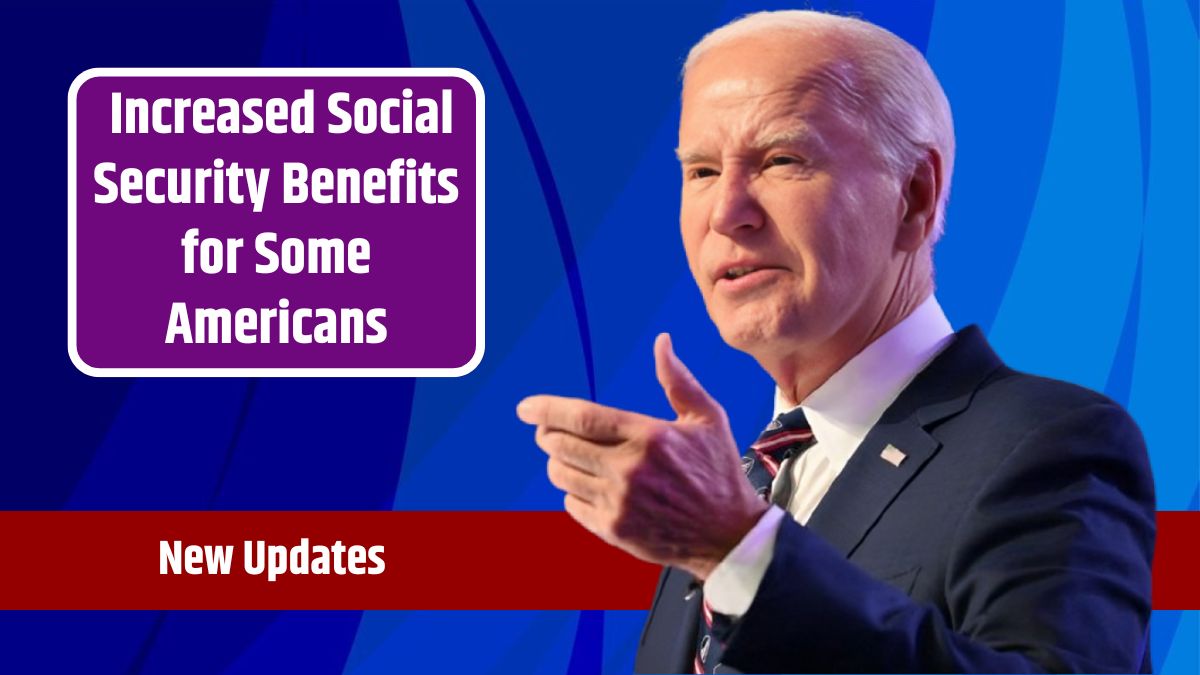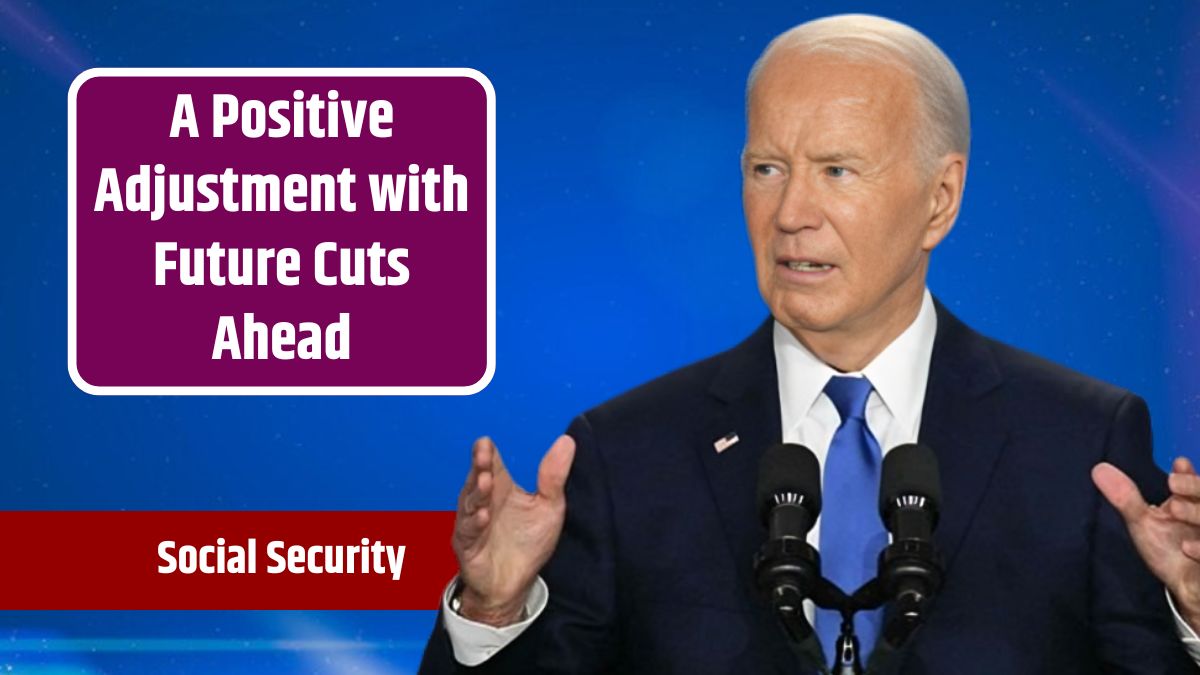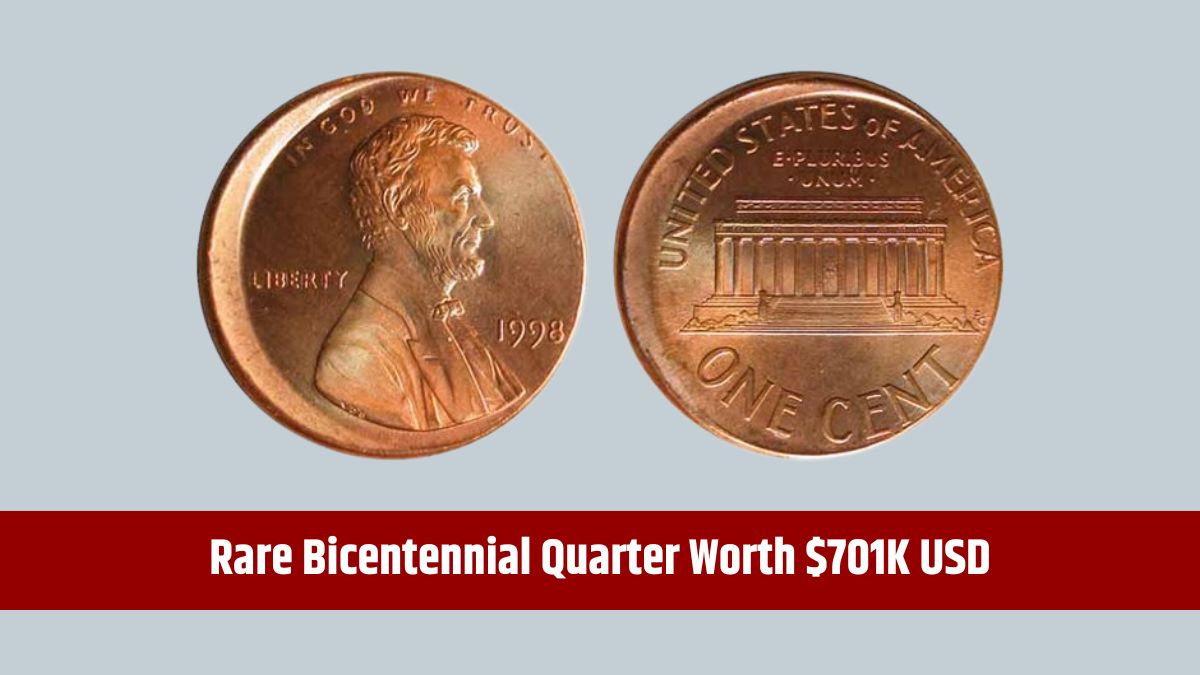In a recent move, the Social Security Administration (SSA) announced three key changes that will make it easier for low-income Americans to receive more money from Supplemental Security Income (SSI). These adjustments aim to remove obstacles that have previously limited poor individuals’ access to benefits, offering increased financial aid to those in need.
This shift is a welcome development for many struggling to make ends meet, particularly as it will streamline the eligibility process and potentially increase monthly payments.
Benefits
Starting Monday, the SSA will no longer reduce or deny SSI benefits based on informal food aid that applicants receive from friends, family, or local networks. Previously, the agency factored this kind of support into the in-kind support and maintenance (ISM) calculations, which could lower benefits.
The removal of this rule marks a significant improvement for beneficiaries, as the SSA estimates that over 90,000 individuals will see an increase of approximately $131 in their monthly payments. This adjustment will not only boost payments but also make it easier for more people to qualify for SSI benefits.
For many elderly or disabled individuals living in poverty, SSI is a lifeline. The program, which provides monthly financial assistance, was established in the 1970s to help people with low or no income. According to Commissioner Martin O’Malley, SSI is specifically designed for “the least of the poor,” and it is essential to streamline the program to ensure that those in need can access it without unnecessary barriers.
Rental Subsidy Waiver
Another major change set to take effect on Monday involves the expansion of the rental subsidy waiver. Previously available in only seven states, this waiver will now apply nationwide, making it easier for people across the country to qualify for SSI.
For those who benefit from this change, the SSA predicts an average monthly increase of $132 for around 41,000 individuals. This extension is expected to help more low-income people qualify for SSI and alleviate some of the financial strain associated with paying rent and covering other living expenses.
The rental subsidy waiver is crucial because it affects how rental support is considered in determining SSI eligibility and payment amounts. Under this new rule, rental assistance will no longer negatively impact an applicant’s ability to receive benefits, making it a positive step toward increasing access to financial aid for those most in need.
Public Assistance
The third significant change relates to how public assistance is considered when determining eligibility for SSI. The SSA will now include Supplemental Nutrition Aid Program (SNAP) benefits as part of its updated policy, making it easier for individuals receiving this aid to qualify for SSI. The agency will also simplify the reporting process for public assistance households, reducing the amount of information that needs to be provided by household members.
This adjustment is expected to benefit approximately 277,000 people by either increasing their monthly payments or making it easier for them to qualify for SSI. By broadening the definition of public assistance, the SSA is opening the door for more low-income individuals and families to receive the support they need to cover basic expenses such as rent, food, and medication.
Who Qualifies
Supplemental Security Income is available to individuals aged 65 and older with low incomes and resources, as well as to adults and children who are blind or disabled. The program helps cover essential expenses like housing, food, and healthcare.
To qualify, individuals must meet certain income and asset limits. For example, as of December 2023, the income limit for an individual is $1,971 per month, though this amount is higher for couples and parents filing on behalf of children.
These new changes are intended to simplify the SSI process, allowing more people to access benefits and receive larger payments. The goal is to reduce the financial burden on America’s poorest citizens and provide them with the means to live more comfortably.
In summary, the SSA’s recent reforms will bring significant financial relief to low-income individuals across the country. By eliminating food-related deductions, expanding rental subsidy waivers, and simplifying public assistance rules, the agency is taking vital steps to ensure that SSI recipients get the support they need.
With more people now eligible and monthly payments set to increase, these changes are a positive step toward combating poverty and providing financial stability for those who rely on SSI.
FAQs
How will the new SSI changes increase payments?
By removing food aid from the benefit calculations, payments will increase.
What is the rental subsidy waiver?
It allows applicants to qualify for SSI without reducing benefits due to rental assistance.
Who qualifies for Supplemental Security Income?
People aged 65+, disabled individuals, and those with low incomes and resources.
How will SNAP benefits affect SSI?
SNAP benefits will now count as public assistance, simplifying SSI eligibility.
How many people will benefit from the new SSI rules?
The changes will benefit about 277,000 individuals nationwide.






